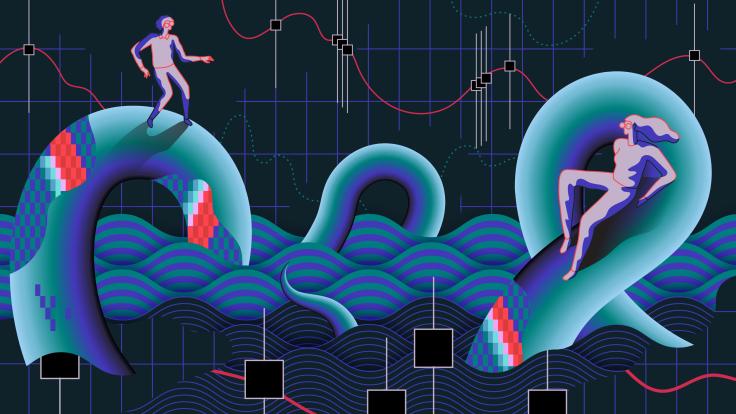State-of-the-art techniques borrowed from particle accelerators and detectors are increasingly used in the medical field for the early diagnosis and treatment of tumors and other diseases. Yet medical doctors and physicists lack occasions to get together and discuss global strategies. Last week’s “Physics for Health in Europe” workshop at CERN in Geneva, Switzerland, represented one of the first attempts to develop synergies between these two communities.
The workshop, which took place February 2-4, aimed at developing a European roadmap to foster physics applications in the fields of disease prevention, diagnosis, therapy, and prognosis. Cancer was the central theme of the workshop, which concluded on World Cancer Day, but improved medical imaging tools are a key to the early detection of any serious disease.
“These workshops are very useful because often medical doctors and physicists may not know which aspects of their work will be relevant to one another,” said Gillies McKenna of the CR-UK/MRC Gray Institute for Radiation Oncology & Biology at the UK’s University of Oxford.
The enthusiastic attendance was a clear indicator of the need for such initiatives: more than 400 scientists signed up, submitting 200 abstracts within a few weeks, and registration had to be closed before the advertised deadline since the capacity of CERN’s main auditorium had been reached. Between fifty and a hundred people were constantly connected to the live webcast. Participants came from 32 countries, eight of which are outside Europe, with representatives of different activities and research areas. Besides particle and medical physicists, even a small number of medical doctors attended the workshop--a significant step forward in the dialogue between medicine and physics.
“The lab [CERN] is willing to play the role of fostering the connection between medicine and physics”, declared CERN Director General Rolf Heuer in his closing remarks at the workshop.
In addition to roadmap development, the workshop’s goals also included reviewing the progress in the domain of physics applications for health and identifying the most promising areas for further developments, explained CERN’s Manjit Dosanjh. Four major topics were covered: radiobiology; radioisotopes; medical imaging; and novel technologies in radiation therapy. Workshop leaders are now hard at work on a strategy paper aimed at fully exploiting the potential of biomedical physics in Europe.
All presentations given at the workshop are available for viewing online.
“Physics for Health” was supported by the EU, EANM, ESA, ESF, ESRF, ILL, ESR, EFOMP, EuCARD, PARTNER, ENLIGHT.
by Manuela Cirilli






